Northeast India, a land often whispered about but less explored, is a treasure trove of breathtaking landscapes, diverse cultures, and untouched natural beauty. Comprising the eight states of Arunachal Pradesh, Assam, Manipur, Meghalaya, Mizoram, Nagaland, Sikkim, and Tripura (often called the “Seven Sisters” plus Sikkim), this region offers a unique and authentic travel experience far from the madding crowds. Whether you’re a nature enthusiast, an adventure seeker, or a cultural explorer, Northeast India promises to captivate your senses.
Best Time to Visit: The ideal time to explore Northeast India is during the spring (March-May) and autumn (September-November) seasons when the weather is generally pleasant with moderate temperatures and clear skies. Summers (June-August) can bring heavy rainfall, while winters (December-February) can be quite cold, especially in the hilly regions.
Getting There:
- By Air: Guwahati (Assam) is the major gateway with the Lokpriya Gopinath Bordoloi International Airport (GAU) having good connectivity with major Indian cities. Other airports like Agartala (Tripura), Imphal (Manipur), Shillong (Meghalaya), and Bagdogra (West Bengal – for Sikkim) also serve the region.
- By Train: Guwahati is the main railway hub, well-connected to the rest of India. Other states also have railway connectivity, though it might not be as extensive.
- By Road: National Highways connect the Northeast states to the rest of India. However, road conditions can vary, especially in remote areas.
Getting Around:
- Shared Taxis/SUVs: The most common mode of transport between towns and within states, especially in hilly regions.
- Private Taxis/Cars: Hiring a private vehicle offers more flexibility for exploring at your own pace.
- State Transport Buses: Economical but can be time-consuming and may not reach all remote areas.
- Inner Line Permits (ILP) / Protected Area Permits (PAP): Indian citizens require ILPs to enter Arunachal Pradesh, Nagaland, Mizoram, and parts of Manipur. Foreign nationals need PAPs for these states and Sikkim. These permits need to be obtained in advance through respective state government websites or designated offices.
Must-Visit Destinations & Experiences:
Northeast India is incredibly diverse, with each state offering its unique charm. Here’s a glimpse of what awaits you:
Assam: The gateway to the Northeast, Assam is famous for its sprawling tea gardens, the mighty Brahmaputra River, and the one-horned rhinoceros.
- Kaziranga National Park: A UNESCO World Heritage Site, home to the largest population of the Indian one-horned rhinoceros. Enjoy jeep and elephant safaris for wildlife spotting.
- Majuli Island: The world’s largest river island, a hub of Neo-Vaishnavite culture with its vibrant Satras (monasteries).
- Guwahati: The largest city in the Northeast, offering a blend of modern amenities and ancient temples like the Kamakhya Temple.
- Tea Gardens of Assam: Witness the lush green carpets of tea plantations and learn about tea processing.
Arunachal Pradesh: The “Land of the Dawn-Lit Mountains,” Arunachal Pradesh is known for its dramatic mountainscapes, diverse tribal cultures, and serene monasteries.
- Tawang Monastery: One of the largest and oldest Buddhist monasteries in India, offering breathtaking views.
- Sela Pass: A high-altitude pass adorned with prayer flags, connecting Tawang to the rest of Arunachal Pradesh.
- Bomdila: A scenic town with monasteries and apple orchards.
- Ziro Valley: A UNESCO World Heritage Site, known for its unique Apatani cultural landscape and rice fields.
Meghalaya: The “Abode of Clouds,” Meghalaya boasts living root bridges, cascading waterfalls, and the wettest place on Earth.
- Cherrapunji (Sohra): Home to the famous Nohkalikai Falls and Mawsmai Cave.
- Mawlynnong: Awarded as “Asia’s Cleanest Village,” known for its cleanliness and the living root bridge in nearby Riwai.
- Shillong: The charming capital city, often called the “Scotland of the East,” with attractions like Ward’s Lake and Elephant Falls.
- Dawki: A town bordering Bangladesh, famous for its crystal-clear Umngot River.
Nagaland: A land of vibrant tribal culture, Nagaland is known for its colorful festivals and picturesque hill stations.
- Kohima: The capital city, with the Kohima War Cemetery and the Nagaland State Museum.
- Kisama Heritage Village: Hosts the annual Hornbill Festival in December, showcasing the culture of different Naga tribes.
- Khonoma Village: An Angami tribal village known for its sustainable tourism practices.
- Dzukou Valley: A stunning valley known for its seasonal flowers and trekking opportunities (bordering Manipur).
Manipur: The “Jewel Land,” Manipur is known for its classical dance form, the Loktak Lake, and its unique culture.
- Imphal: The capital city, with the Kangla Fort and the Shree Govindajee Temple.
- Loktak Lake: The largest freshwater lake in Northeast India, famous for its floating phumdis (biomass).
- Keibul Lamjao National Park: The world’s only floating national park, home to the endangered Sangai deer.
- Moreh: A border town with Myanmar, offering a glimpse into cross-border trade and culture.
Mizoram: The “Land of the Hill People,” Mizoram is characterized by its rolling hills, dense bamboo forests, and vibrant Mizo culture.
- Aizawl: The capital city, offering panoramic views and cultural insights.
- Phawngpui National Park (Blue Mountain): The highest peak in Mizoram, offering trekking opportunities and diverse flora and fauna.
- Reiek Heritage Village: A model Mizo village showcasing traditional tribal life.
Tripura: A state with a rich history and a blend of tribal and Bengali cultures, Tripura boasts magnificent palaces and rock carvings.
- Agartala: The capital city, with the Ujjayanta Palace and the Tripura State Museum.
- Unakoti: An ancient Shaivite pilgrimage site with massive rock carvings.
- Neermahal Palace: A stunning water palace located in the middle of Rudrasagar Lake.
Sikkim: Nestled in the Himalayas, Sikkim offers breathtaking mountain views, monasteries, and a unique blend of Indian, Nepalese, and Tibetan cultures.
- Gangtok: The charming capital city, with monasteries and viewpoints offering Kanchenjunga views.
- Lachung & Lachen: Picturesque villages in North Sikkim, gateways to high-altitude lakes like Gurudongmar and Yumthang Valley.
- Pelling: Offers stunning views of the Kanchenjunga range and is home to Pemayangtse Monastery.
- Nathu La Pass: A mountain pass connecting Sikkim with China (subject to permits and conditions).
Responsible Travel in Northeast India:
- Respect Local Cultures: Be mindful of local customs, traditions, and dress codes, especially when visiting religious sites and tribal villages.
- Support Local Communities: Choose locally owned guesthouses, homestays, and restaurants to contribute to the local economy.
- Avoid Single-Use Plastics: Carry your own reusable water bottle and avoid using disposable plastic.
- Do Not Litter: Help keep the pristine environment clean by disposing of waste responsibly.
- Be a Responsible Photographer: Ask for permission before taking pictures of people, especially in tribal areas.
- Follow Permit Regulations: Ensure you have the necessary permits and adhere to the guidelines.
Northeast India is a destination that rewards the intrepid traveler with unparalleled natural beauty and authentic cultural encounters. Plan your trip, obtain the necessary permits, and get ready to be mesmerized by the enchanting landscapes and warm hospitality of this hidden gem of India.

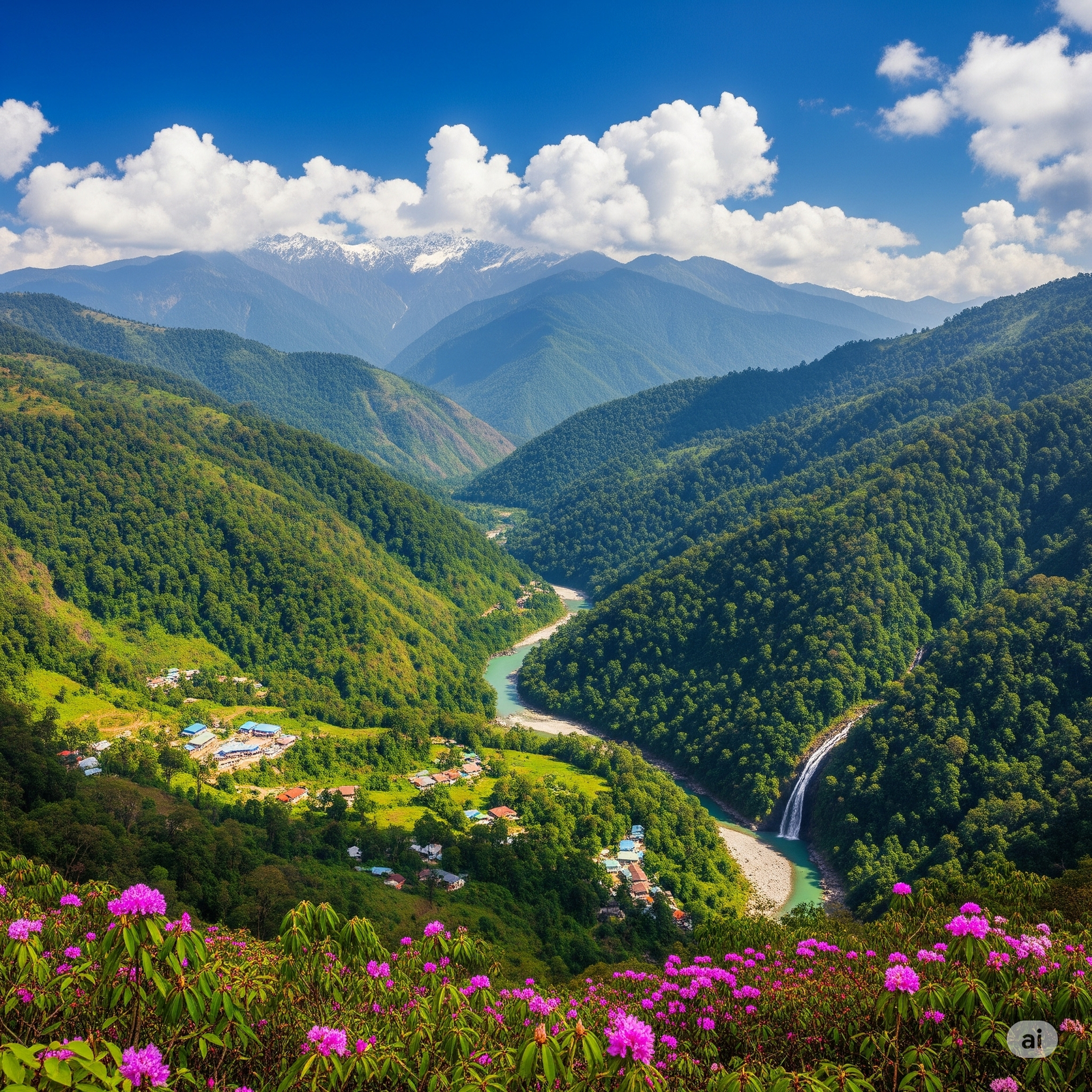

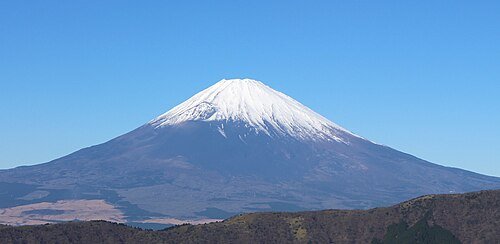
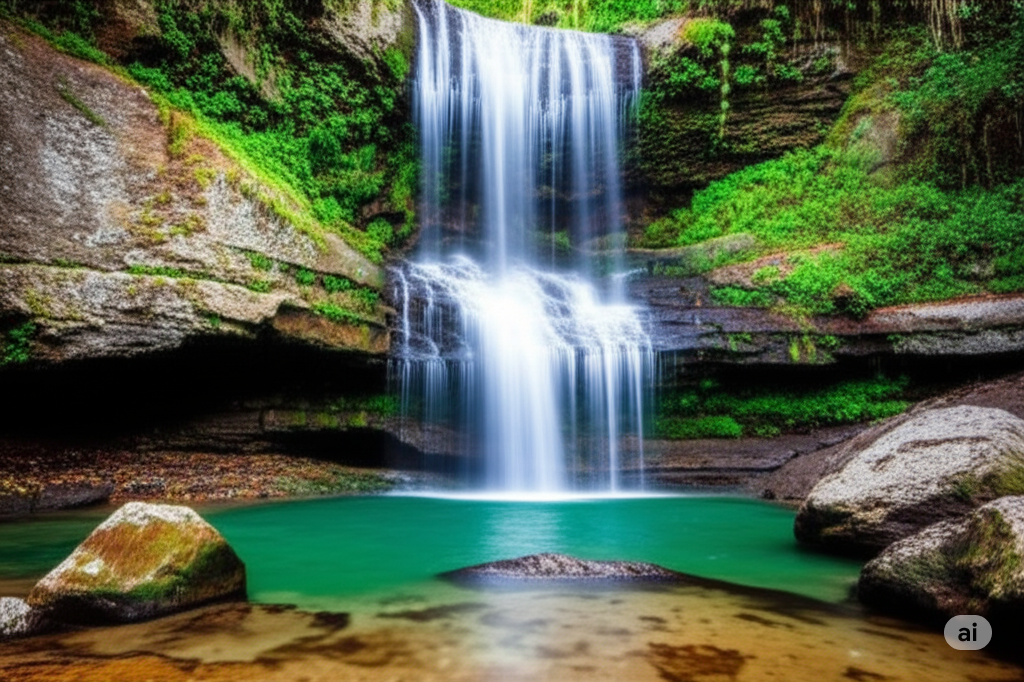
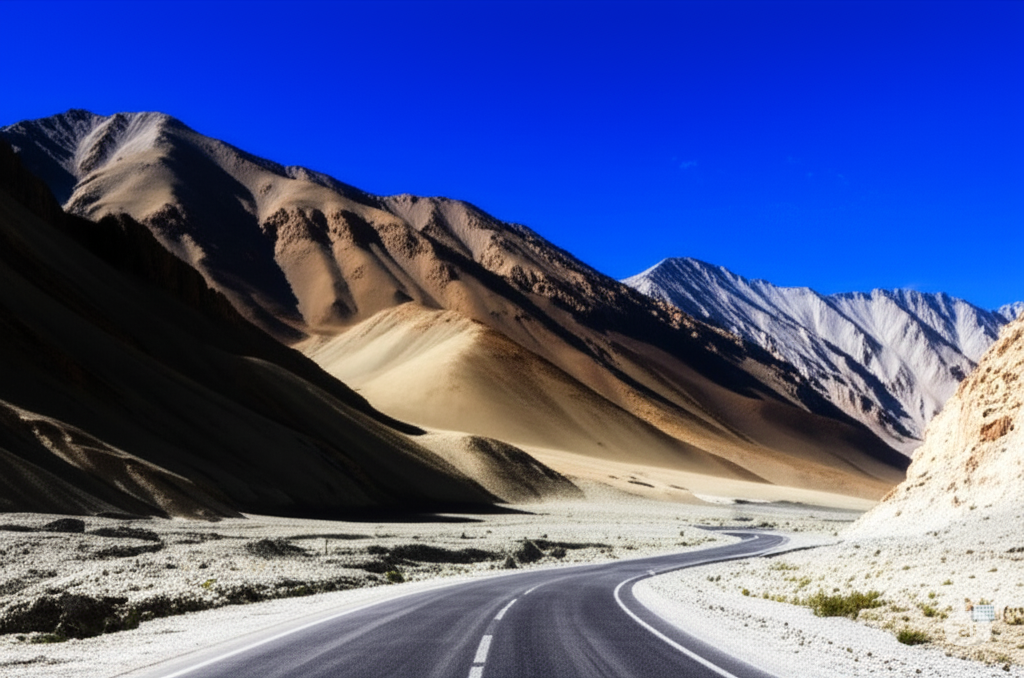
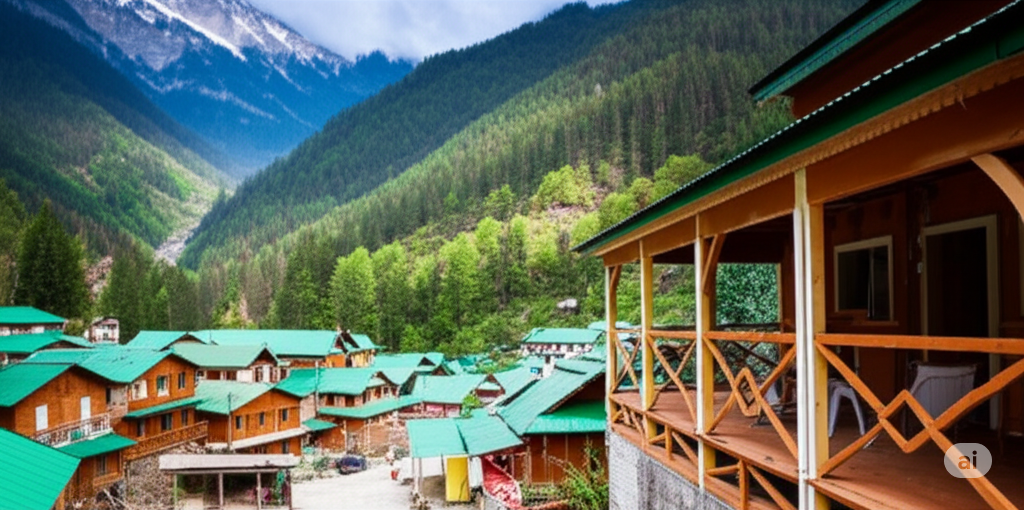


Leave a Reply